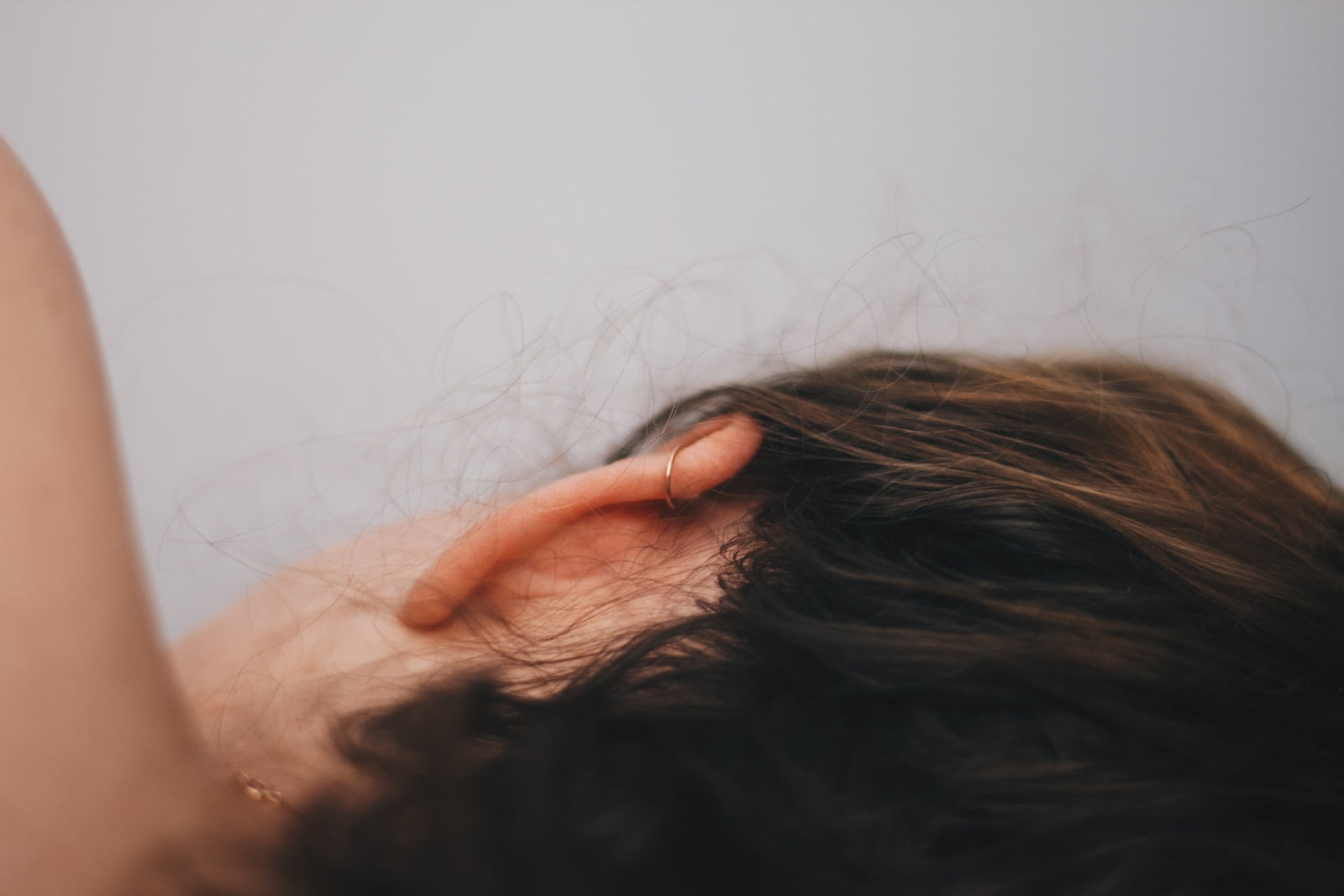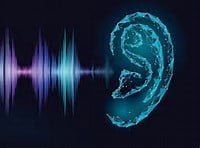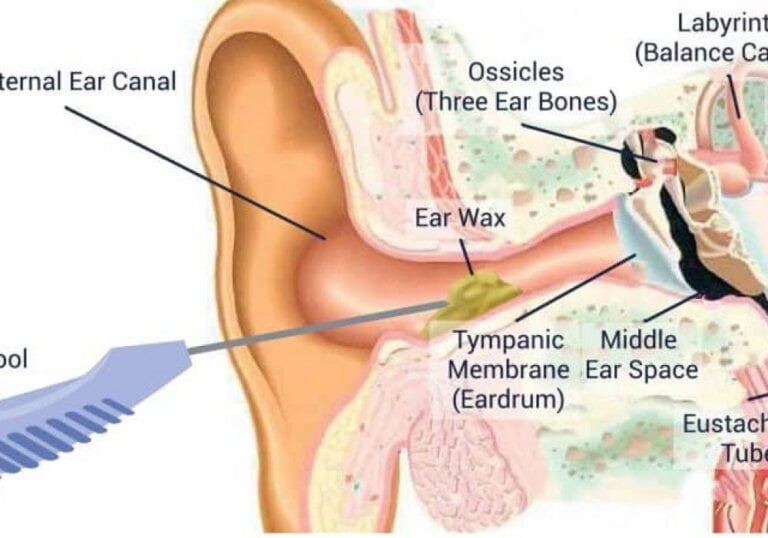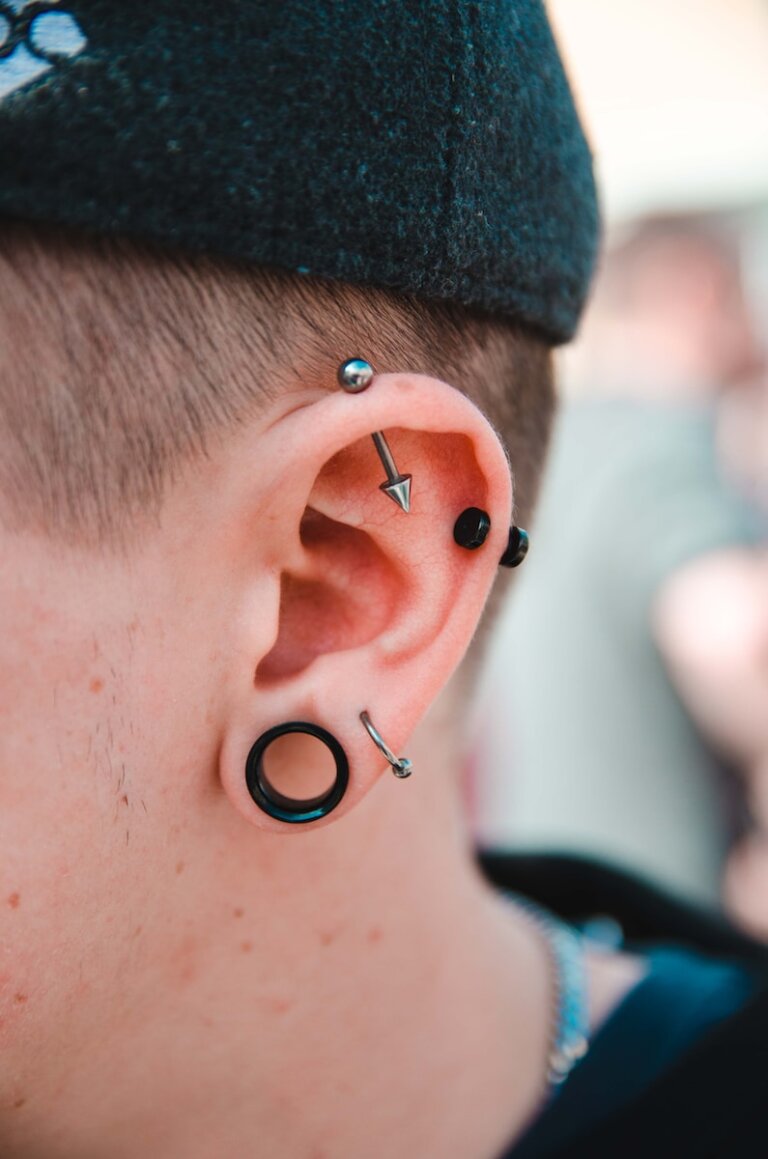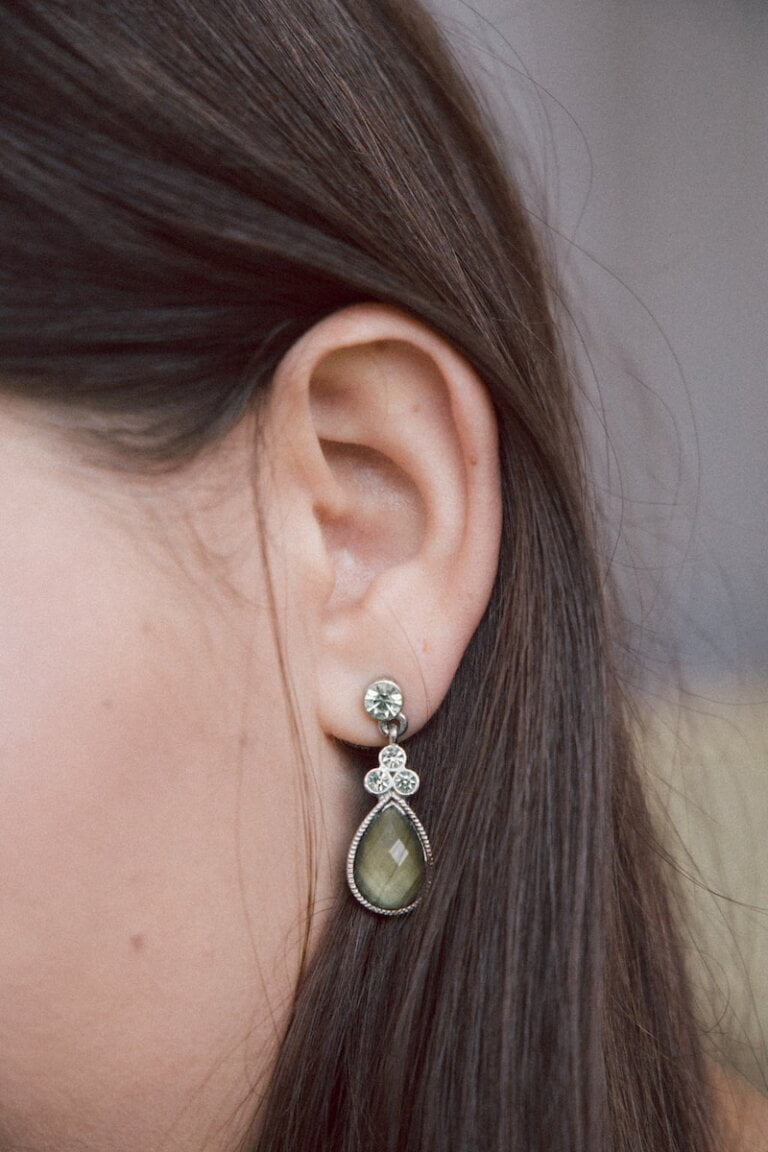Clearing the Path: Navigating the Microsuction Ear Wax Removal Process
Earwax, also known as cerumen, is a natural substance produced by the ear to protect and lubricate the ear canal. While earwax plays an essential role in maintaining ear health, an excess build-up can lead to discomfort, hearing difficulties, tinnitus, and even ear infections. In such cases, professional earwax removal becomes necessary to clear the ears and restore proper hearing. In this article, we will explore the earwax removal process, its benefits, and the precautions to ensure a safe and effective procedure.
Understanding the Microsuction Ear Wax Removal Process
Microsuction earwax removal is a procedure performed by healthcare professionals to eliminate excessive earwax using specialised tools. This method involves the use of a suction machine and/or manual instruments for the extraction of the wax, which can be a highly effective and immediate solution for individuals facing troublesome earwax build up.
When it comes to understanding the microsuction earwax removal process, it is important to recognise the indications that may suggest the need for this procedure. These indications include:
- Partial or complete hearing loss: Excessive earwax can obstruct the ear canal, leading to hearing difficulties or even temporary hearing loss. Manual instrument earwax removal can help clear the blockage and restore proper hearing.
- Earache or discomfort: A build-up of earwax can cause discomfort, pain, or a feeling of fullness in the ear. By removing the excess wax, microsuction earwax removal can alleviate these symptoms.
- Tinnitus: Earwax accumulation may contribute to the sensation of ringing or buzzing in the ears. Removing the wax can help reduce or eliminate tinnitus symptoms.
- Vertigo or dizziness: In some cases, impacted earwax can disrupt the balance mechanism, resulting in dizziness or vertigo. Microsuction earwax removal can help restore balance and alleviate these symptoms. However, it is important to note that dizziness or vertigo symptoms may be caused by a vestibular disorder. If your symptoms persist following microsuction it is important to seek further medical investigation.
The Microsuction Ear Wax Removal Procedure
When conducting microsuction earwax removal procedure, professionals adhere to set guidelines to ensure safety and effectiveness. The procedure typically involves the following steps:
- Patient assessment: Before proceeding with the removal process, the healthcare professional will evaluate the patient’s symptoms, medical history, and any previous ear-related issues. This assessment helps determine the appropriate course of action, whether any onward medical referral is required, and ensures patient safety. It is crucial for the professional to have a comprehensive understanding of the patient’s condition before proceeding with the procedure.
- Examination: The professional will utilise an otoscope, a specialised instrument with a light and magnifying lens, to examine the ear canal and determine the extent of the wax build-up. This examination provides crucial information about the condition of the ear and guides the selection of appropriate instruments for removal.
- Preparation: Before proceeding with the microsuction removal, the professional may soften the earwax using sterile olive oil ear drops. This softening process aids in easier removal and reduces discomfort for the patient. By softening the wax, the professional can ensure a smoother and less painful removal process.
- Instrument selection: Depending on the nature of the wax build-up and the patient’s specific requirements, the healthcare professional will select the appropriate instruments. Commonly used instruments include a suction device and/ or manual insutrments such as curettes, forceps, or hooks. The selection of instruments is based on the individual needs of the patient and the expertise of the professional.
- Wax removal: With the chosen instrument, the professional will gently and carefully remove the earwax under magnification, typically via loupes. The procedure should be conducted in a well-lit environment to ensure accurate visualisation and minimise the risk of injury. The professional will employ techniques to safely and effectively remove the wax, ensuring a successful outcome.
- Post-removal examination: Once the wax is successfully removed, the professional will re-examine the ear canal and tympanic membrane to ensure complete clearance and identify any conditions that may require further medical investigation such as an underlying infection. This post-removal examination is crucial to confirm the success of the procedure and address any remaining concerns.
- Aftercare instructions: The healthcare professional will provide the patient with post-procedure care instructions, including any necessary follow-up appointments and guidance on maintaining ear hygiene. These instructions are essential for the patient to follow to ensure optimal healing and prevent further complications.
It is important to note that the microsuction earwax removal procedure should only be performed by a trained and experienced healthcare professional. Attempting to remove earwax at home or by unqualified individuals can lead to injuries or complications.
Benefits of Microsuction Ear Wax Removal
Microsuction earwax removal offers several benefits compared to alternative methods such as ear irrigation or self-cleaning techniques. These benefits include:
- Precision: The microsuction approach allows for precise targeting and removal of earwax, minimising the risk of injury or damage to the ear canal. Healthcare professionals can accurately navigate the ear canal and remove the wax without causing harm to the delicate structures.
- Immediate relief: Unlike other methods that may require multiple sessions or days for the desired results, microsuction removal often provides immediate relief from symptoms associated with earwax build up. Patients will experience instant improvement in hearing, relief from discomfort, and elimination of other symptoms.
- Enhanced safety: When performed by a trained registered professional, microsuction ear wax removal is a safe and controlled procedure that significantly reduces the risk of complications or damage to the delicate structures of the ear. The expertise of the professional ensures that the procedure is performed with utmost care and precision.
- Personalised approach: Healthcare professionals can tailor the microsuction earwax removal procedure to suit each patient’s unique needs, ensuring optimal results and patient satisfaction. The professional will consider the specific condition of the patient’s ears and customise the procedure accordingly, maximising the effectiveness of the treatment.
Precautions for a Safe and Effective Procedure
While microsuction earwax removal is generally safe, certain precautions should be taken to ensure a successful procedure. These precautions include:
- Professional expertise: It is crucial to seek the assistance of a healthcare professional experienced in performing microsuction earwax removal. Their expertise and training minimise the likelihood of complications and ensure a safe procedure. Professionals have the knowledge and skills to perform the procedure accurately and safely.
- Avoid self-cleaning methods: Inserting cotton buds, hairpins, or other objects into the ear canal is highly discouraged, as it can push the wax deeper or cause damage to the ear. Patients should refrain from attempting to remove earwax themselves and rely on professional assistance for safe and effective removal.
- Communicate openly: Patients should provide detailed information about their symptoms, medical history, and any previous ear-related issues to the healthcare professional. Open communication helps the professional devise an appropriate treatment plan and ensures patient safety. By sharing relevant information, patients enable the professional to make informed decisions and provide the best care.
- Follow aftercare instructions: Patients should diligently follow the aftercare instructions provided by the healthcare professional, including any recommended follow-up appointments, ear hygiene practices, or softening treatment usage. Following these instructions will promote healing and prevent complications.
In conclusion, microsuction earwax removal is an effective and safe procedure performed by healthcare professionals to alleviate symptoms caused by excessive earwax build up. By carefully following the systematic approach outlined by the professional and taking necessary precautions, individuals can clear the path to better hearing and overall ear health. If you are experiencing any symptoms related to earwax accumulation, consult with a healthcare professional who specialises in ear care to determine if microsuction earwax removal is suitable for you.

